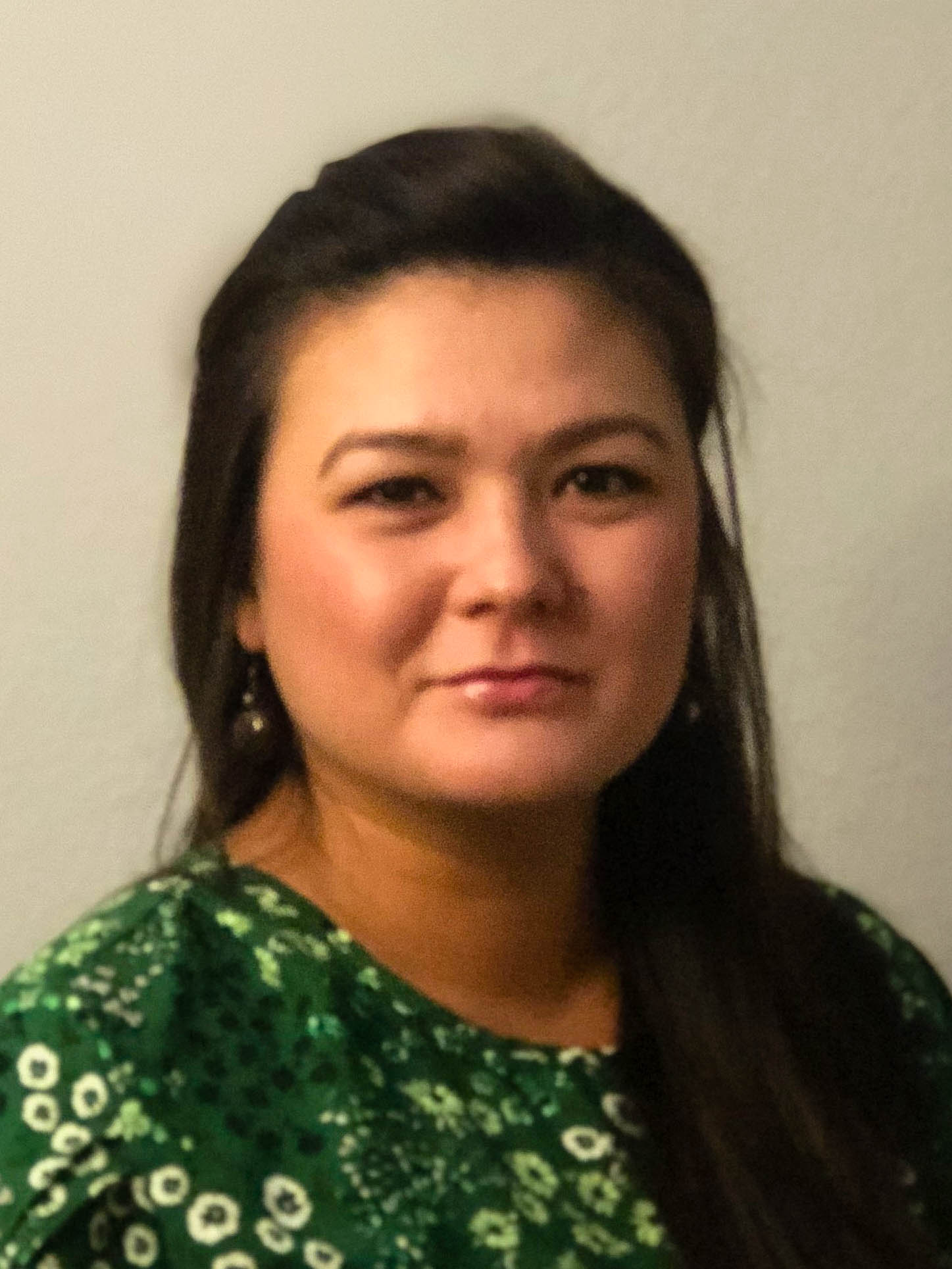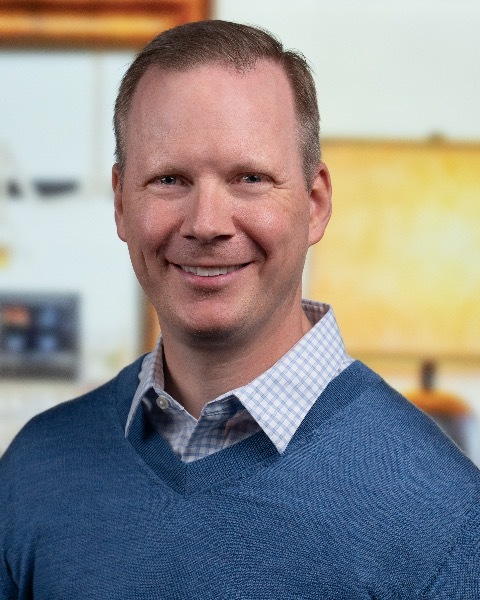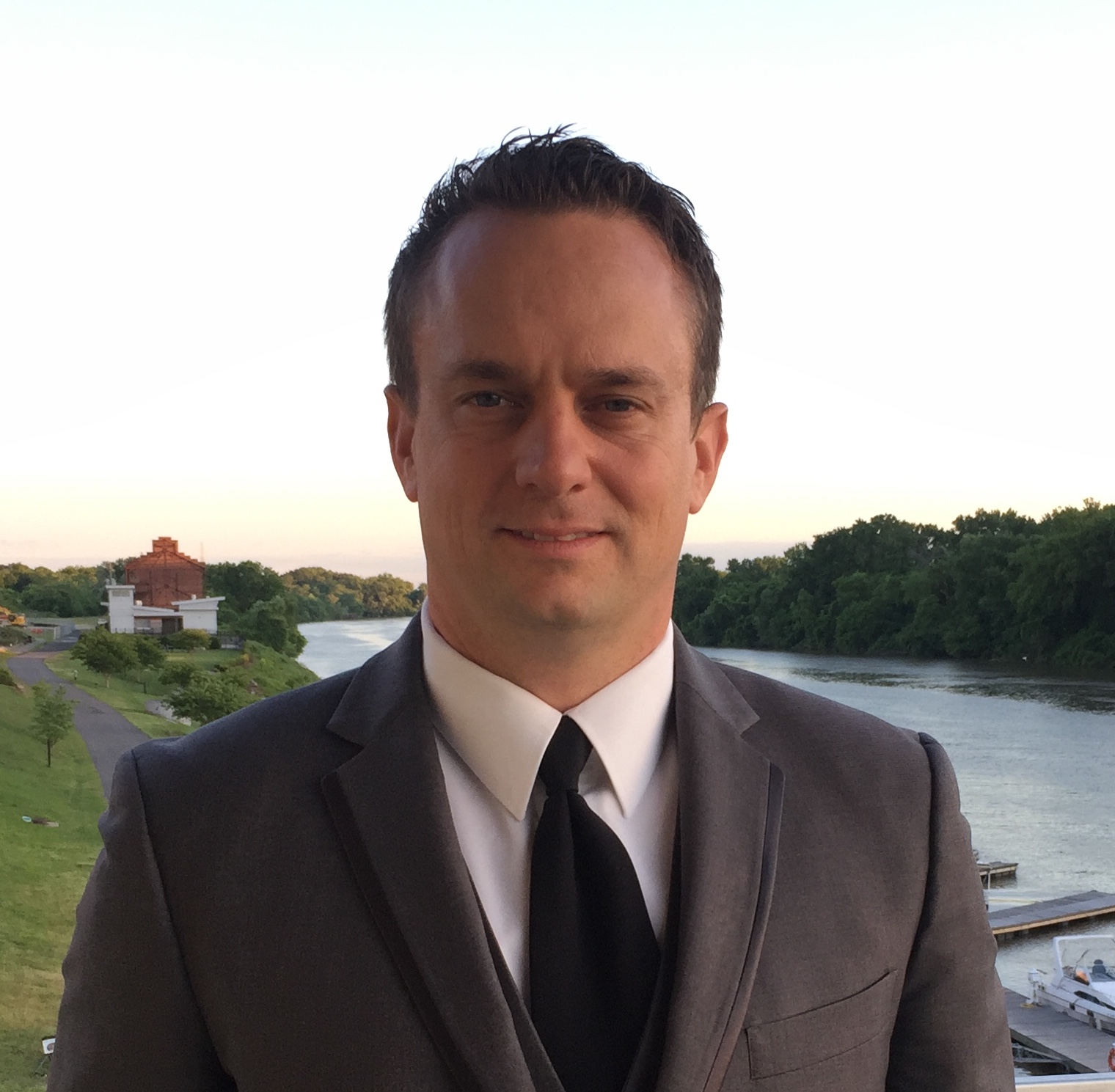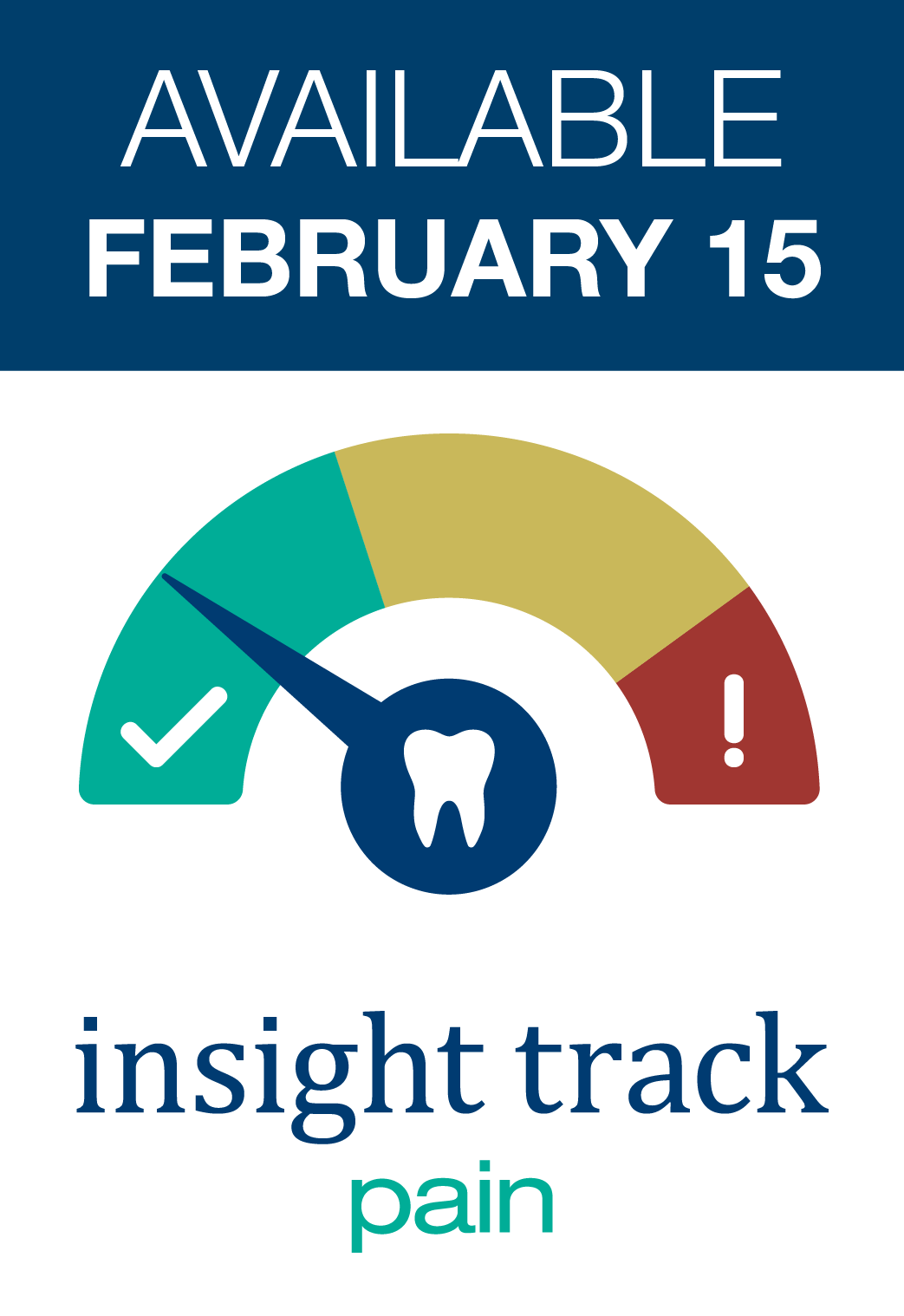
Targeted Endodontic Microsurgery: A Novel Approach to Anatomically Challenging Scenarios Using 3-dimensional–printed Guides and Trephine Burs—A Report of 3 Cases
CE Hours: 1.0 CE hour
Description: Endodontic microsurgery (EMS) techniques have increased success rates over traditional approaches. Despite surgical advances, anatomically challenging scenarios can preclude EMS in certain cases. The aim of this article was to introduce targeted EMS, which uses 3-dimensional–printed surgical guides (3DSGs) and trephine burs to achieve single-step osteotomy, root-end resection, and biopsy in complex cases. In each of 3 cases, a 3DSG with a trephine port was printed using computer-aided design/computer-aided manufacturing implant planning software. The osteotomy site, angulation, and depth of preparation were defined preoperatively to avoid sensitive anatomic structures. The 3DSG was inserted at the target site to achieve precise osteotomy and root-end resection during surgery. A hollow trephine rotated within the 3DSG port produced single-step osteotomy, root-end resection, and biopsy. Root-end preparation and fill were accomplished, and tissues were sutured in place. Targeted EMS potentiated successful surgical treatment in 3 anatomically challenging scenarios: (1) a palatal approach to the palatal root of a maxillary second molar, (2) a facial approach to a fused distofacial-palatal root of a maxillary first molar, and (3) a mandibular second premolar in close proximity to the mental foramen. Trephine burs guided by 3DSGs produce efficient targeted osteotomies with a predictable site, angulation, and depth of preparation. Apical surgery in challenging anatomic cases such as the palatal root of the maxillary second molar, fused molar roots, and root ends in approximation to the mental nerve are possible with targeted EMS.
At the conclusion, participants should be able to:
- Identify the general steps for utilizing CBCT, CAD planning software, and 3-D printing to fabricate surgical stents.
- Describe applications of guided trephine burs in Endodontic Microsurgery
- Describe the capabilities and limitations of 3-D printed guides and trephine burs in Endodontic Microsurgery, particularly in anatomically complex areas.
Key:

C. Michelle Giacomino, DDS
Dr. Michelle Giacomino is a graduate of the United States Air Force Academy where she received her Bachelor of Science in Electrical Engineering in 2003. She later attended dental school at Virginia Commonwealth University in Richmond, VA and graduated in 2010. She completed an AEGD 1-year residency at Andrews Air Force Base, Maryland and continued there as a General Dentist there for several years until her family was moved to Minot Air Force Base, North Dakota. She completed her Endodontics residency at the Air Force Postgraduate Dental School in San Antonio, TX where she also earned her Masters of Science in Oral Biology for the Uniformed Services University of the Health Sciences. She currently serves as Instructor of Endontics for the AEGD 2-year program located at Lackland Air Force Base, TX.
Speaker Disclosure
I declare that I have no proprietary, financial, or other personal interest of any nature or kind in any product, service, course, and/or company, or in any firm beneficially associated therewith, that will be discussed or considered during the proposed presentation.

Jarom J. Ray, DDS
Dr. Jarom Ray is the Chief of Endodontics at the US Air Force Academy and is a Professor of Endodontics at the Uniformed Services Univeristy of the Health Sciences. He served as the Air Force Endodontics Residency Program Director from 2016-2020. He received his D.D.S. from Creighton University Medical Center School of Dentistry in 2003 then completed a one-year Advanced Education in General Dentistry Residency at the USAF Academy in 2004. He practiced general dentistry for 2 years. In 2008 he received a certificate in endodontics from Wilford Hall Medical Center and achieved board certification in 2011. Dr. Ray is co-inventor of Targeted Endodontic Microsurgery and has lectured nationally and internationally on endodontic applications of 3D Printing. His research focuses on applications of Targeted Endodontic Microsurgery and 3D printing.
Speaker Disclosure
I declare that I have no proprietary, financial, or other personal interest of any nature or kind in any product, service, course, and/or company, or in any firm beneficially associated therewith, that will be discussed or considered during the proposed presentation.

James A. Wealleans, DMD
Dr. James Wealleans received his DMD degree from Nova Southeastern College of Dental Medicine in Fort Lauderdale, Florida in 2006. James completed an Advanced Education in General Dentistry at the United Sates Air Force Academy in 2007. In 2010, Dr. Wealleans recieved a certificate in Endodontics from Wilford Hall Medical Center and the University of Texas Health Science Center, San Antonio. Dr Wealleans is a Diplomate of the American Board of Endodontics. James served as the deputy program director of the Wilford Hall Endodontic program from 2013-2018. In early 2019, Dr Wealleans retired from the United States Air Force and moved to Australia. He now practices endodontics in the Northern Beaches of Sydney.


